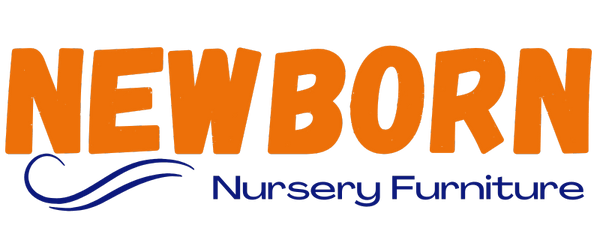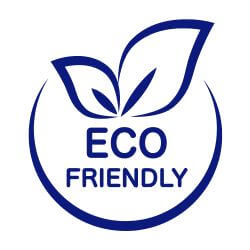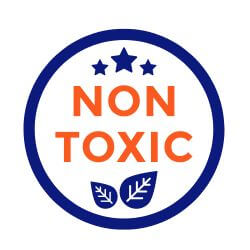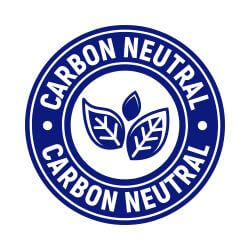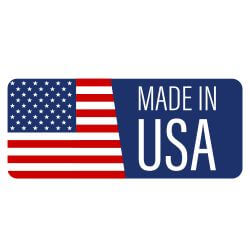When it comes to choosing the perfect baby plush toys for your little one, safety should always be the top priority. Unfortunately, not all plush toys on the market meet the standards we expect to keep our babies safe. In this article, we’ll explore the potential dangers associated with many plush toys and highlight what to look for in safe alternatives.
The Growing Concerns Over Plush Toy Safety
In recent years, parents have become increasingly concerned about the safety of the products they bring into their homes. With the toy market flooded with options, identifying which baby plush toys are safe has never been more crucial. Numerous reports have indicated alarming statistics related to toy safety, specifically concerning plush toys. Statistics show that some plush toys can pose choking hazards, contain harmful chemicals, or lack proper construction for safe play.
Choking Hazards
Choking hazards are one of the most pressing concerns when it comes to baby plush toys. Many plush toys are designed with small parts that can detach, such as buttons, eyes, and accessories. Babies and toddlers explore the world using their mouths, making it easy for these small components to become choking hazards.
- Look for excessive embellishments on plush toys that might easily come off.
- Opt for toys with securely stitched features rather than glued parts.
- Avoid toys designed for older children, as they may have parts that are not appropriate for infants.
Harmful Chemicals
Another significant concern is the materials used to make baby plush toys. Many toys manufactured in some countries may be made of inferior materials, potentially introducing harmful chemicals into your child's environment. For example, toxic substances such as phthalates and lead can be found in some plush toys, even those intended for babies.
It’s essential to do your research and acquire plush toys that are made from certified nontoxic materials.
Recognizing Safe Plush Toys

Now that we’ve addressed the potential dangers, let’s determine what makes a plush toy safe for your baby. Understanding the following aspects can assist you in making informed choices.
Material Safety
Choose baby plush toys made from organic cotton or hypoallergenic materials. These fabrics are less likely to cause skin irritations and are generally safer for babies. Additionally, certifications from organizations like the Global Organic Textile Standard (GOTS) can reassure you that the materials used are safe.
Construction Quality
Well-constructed plush toys will stand the test of time and excessive play. Check for:
- Tight stitching and secure seams
- Strong stitching on embellishments like eyes and noses
- The absence of plastic components that could snap off
Safety Certifications
Look for plush toys that have undergone rigorous safety testing. Certifications such as ASTM, EN71, and CPSIA indicate that the toys meet safety standards established by regulatory bodies. Always double-check the packaging or product specifications to find this crucial information.
Age Appropriateness
When choosing baby plush toys, it is critical to consider age appropriateness. Manufacturers often label toys with age recommendations that dictate the safety of their use. Here’s why this is important:
Small Parts
Younger babies often explore toys by putting them in their mouths. Toys with small detachable parts are unsuitable for infants who may accidentally choke. Stick to toys designated for their specific age group to minimize risks.
Developmental Stage
The right toy can significantly aid your baby's development. Select baby plush toys that cater to their developmental needs, fostering learning and growth while ensuring safety. For example:
- For newborns, opt for soft toys with varied textures.
- For crawling infants, choose plush toys that engage in sensory play.
- For toddlers, select larger plush toys that inspire imagination without the risk of choking.
Common Myths About Plush Toy Safety
Understanding the truths and myths surrounding plush toy safety is vital for parents. Here, we’ll debunk some common misconceptions that may put your child at risk.
Myth: All Plush Toys are Safe
Many parents believe that plush equals safety, but this isn’t always true. While some toys may be entirely safe, others can be manufactured poorly or come with hidden dangers.
Myth: Discarding the Packaging Isn't Necessary
Some parents frequently discard toy packaging, assuming all toys are suitable. However, packaging often contains vital information regarding safety standards, choking hazards, and care instructions, all of which are essential for safe use.
How to Care for Plush Toys
Proper maintenance of baby plush toys is essential to ensure their longevity and safety. Follow these care guidelines to keep your child’s favorite toys clean and safe:
Regular Cleaning
Plush toys can accumulate dirt and germs, especially if they are played with frequently. Regular cleaning using machine or hand wash settings can help keep them safe:
- Always check the care labels before washing.
- Use mild, non-toxic detergents to avoid chemical residues.
- Consider using a pillowcase to protect the toy during washing.
Inspect Regularly
Periodically inspect your child’s baby plush toys for signs of wear and tear. Pay particular attention to:
- Loose stitching or frayed edges
- Detached parts such as eyes or limbs
- Fading colors or changes in texture that may indicate wear
Spotting Recalled Toys
Yet another aspect of plush toy safety is staying updated on toy recalls. Many plush toys have been pulled from shelves for safety reasons, such as choking hazards or toxic materials. Make it a habit to stay informed:
- Visit the Consumer Product Safety Commission website for updates on toy recalls.
- Subscribe to safety alerts regarding baby plush toys.
- Regularly check if your child’s toys are on the recall list.
Your Roadmap to Safe Toy Choices
Now that you are well-equipped with information on choosing safe baby plush toys, it’s time to explore your options! Here are some invaluable tips to ensure your plush toy shopping experience is safe:
Research Reputable Brands
Look for brands that specialize in safe toys. Research their reputation, read customer reviews, and check if they have had any safety issues in the past.
Join Parenting Communities
Connecting with other parents can provide insights into toy safety. Online forums and local parenting groups often share their experiences and recommendations for safe choices.
Keep Your Playtime Happy and Safe
Your child's safety while playing with plush toys should never be compromised. By arming yourself with knowledge about the potential dangers, materials, and construction quality, you can confidently choose the best and safest baby plush toys for your little one. When it comes to making decisions about toys, always put safety first.
Remember, informed parents make the best choices for their children’s wellbeing. Adopting a proactive approach towards safety will ensure that your child enjoys their precious playtime, developing happily and healthily in a secure environment.
Frequently Asked Questions
1. What are the primary safety concerns associated with baby plush toys?
2. How can I identify choking hazards in plush toys?
3. What materials should I look for when choosing safe plush toys?
4. Why is age appropriateness important when selecting plush toys?
5. How can I maintain the safety and longevity of plush toys?
Discover the creativity of other Shopify or Wix store owners by visiting their stores. Follow this link to their online store. Please remember that this is a promotional link, and we assume no liability for the content of the linked store.
